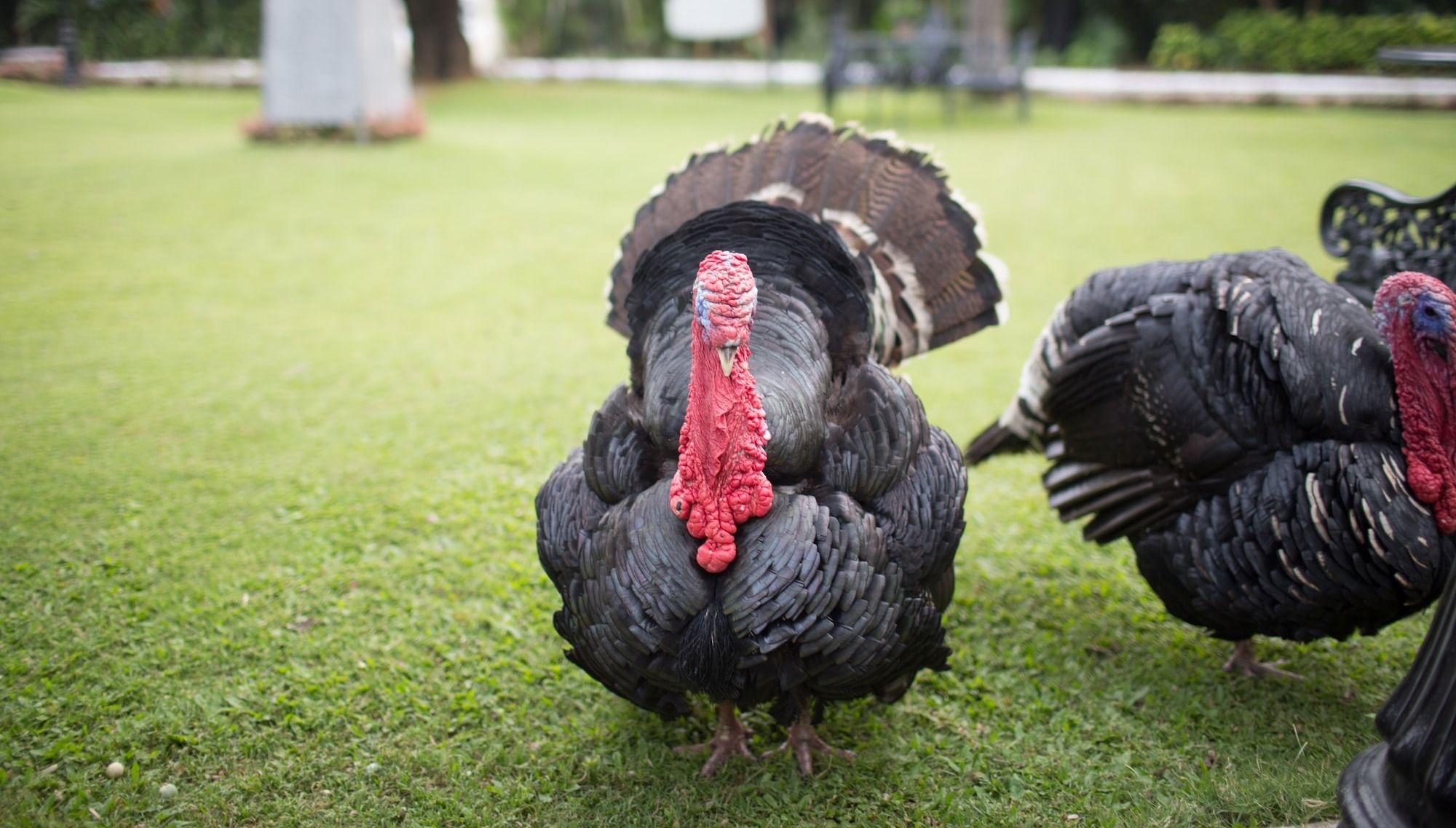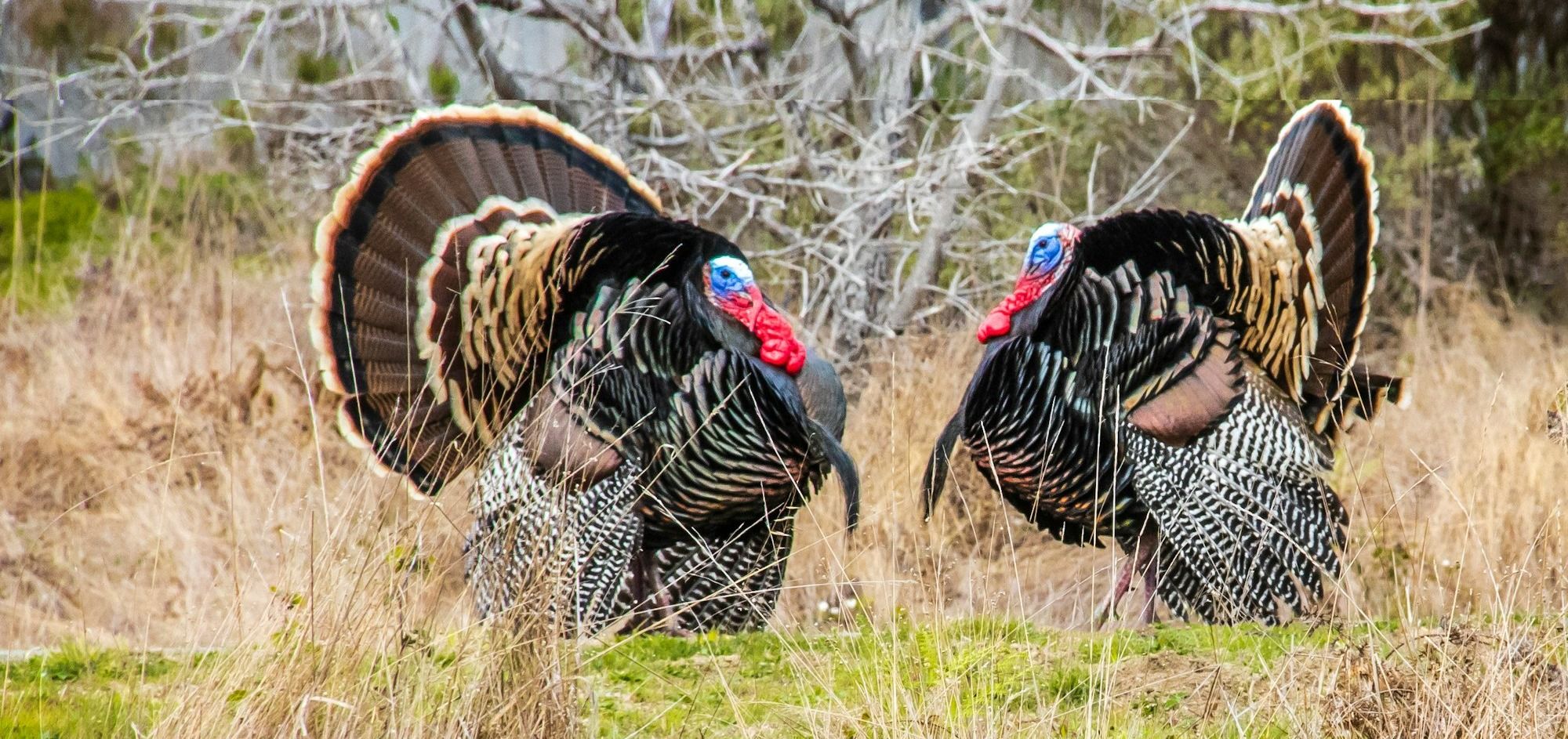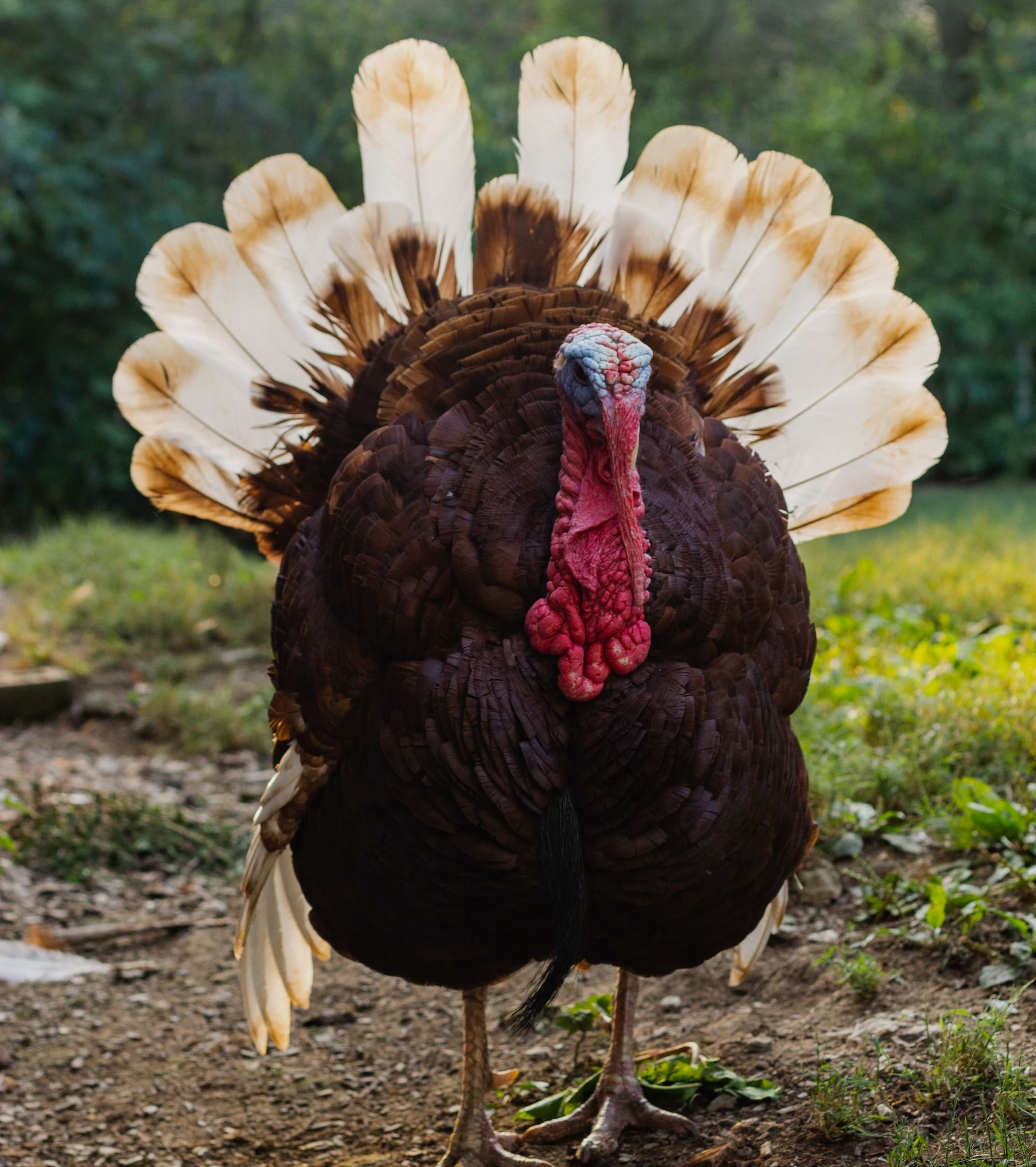World's Most Expensive Turkeys for Thanksgiving
Thanksgiving's association with turkeys, a modern custom, places these birds at the center of the holiday's feasts. Exploring luxury poultry, we find the top five most expensive turkey breeds, epitomizing culinary opulence. Let's uncover what makes these breeds so unique and costly.

Thanksgiving festival has long been associated with turkeys, a tradition rooted more in contemporary customs than historical fact.
As the centerpiece of many Thanksgiving meals across the country, the turkey holds a place of honor. For enthusiasts of this holiday tradition, a fascinating aspect to explore is the world of luxury poultry.
Specifically, the five most expensive turkey breeds stand as culinary symbols of opulence.
These breeds are much more than mere holiday staples; they are a testament to the heights of gastronomic luxury.
Ideal for those seeking to add an extraordinary touch to their Thanksgiving celebrations, each breed offers a unique blend of exquisite flavor and rarity.
Heritage Turkeys in the U.S.
In the U.S., known for its high turkey consumption, heritage turkey breeds are not just popular but also significant. This list focuses on breeds ideal for the dinner table, excluding ornamental varieties like the Royal Palm Turkey.
Interestingly, some turkeys on this list are rare or endangered. However, their status as livestock means that by purchasing or breeding these varieties, you can contribute to their preservation.
Heritage turkeys stand out due to their direct descent from wild turkeys originally domesticated by ancient cultures in Mexico and Native Americans.
Before we delve into the most expensive breeds, let’s look at three key traits that define these heritage breeds.
Natural Reproduction in Heritage Turkeys
In contrast to widely farmed commercial turkeys like Butterballs, which are bred through artificial insemination, heritage turkeys have retained the natural ability to mate.
This aspect sets them apart, as they can reproduce without human intervention. With fertility rates typically hovering around 70 to 80 percent, these turkeys can lay and brood fertile eggs successfully.
A defining characteristic of heritage turkeys, as per the Livestock Conservancy, is their capacity for natural reproduction, distinguishing them from their commercially-raised counterparts.
Heritage Turkeys' Extended Lifespan
Heritage turkeys differ significantly from commercial breeds in their lifespan. Commercial turkeys are typically harvested soon after reaching market size to minimize costs.
In contrast, heritage breeds are not bred for rapid growth, allowing them to live longer, more natural lives.
This extended growth period means higher care and feeding costs. Heritage hens can be productive for five to seven years, and toms for three to five years.
Additionally, these breeds exhibit greater resilience to outdoor conditions, unlike their barn-raised counterparts, which lack the same hardiness for long-term outdoor survival.
Heritage Turkeys' Slow Growth
In contrast to the swift growth of conventional commercial turkeys, heritage turkeys exhibit a much slower growth rate.
While a typical grocery store turkey reaches market size in 14 to 18 weeks, heritage breeds take around 28 weeks to attain the same weight.
This leisurely growth trajectory ensures the development of strong muscles, bones, and organs in heritage turkeys.
It also leads to better fat distribution within the bird, contributing to higher meat quality. Additionally, this natural rate of growth allows these turkeys to engage in their innate behaviors and maintain regular exercise.
Five Costly Turkey Varieties

Jersey Buff Turkey
Price: $349.99 for 16 lbs
Named for its origins in New Jersey, this turkey is noted for its unique buff-colored feathers, a mix of brown, black, and white. This coloration provided an advantage for processing, as the quills were less visible when the birds were plucked.
Jersey Buff Turkeys are moderately sized, with toms (males) typically weighing around 21 pounds and hens (females) around 12 pounds.
Despite its advantageous feather color for processing, this breed faced declining popularity and nearly became extinct by 1915.
Now classified as endangered, with less than 200 registrations annually in the U.S., and a global population under 2,000, it's a rare find in the market.
Reason for High Price:
- Rarity: With only a few hundred left in the U.S., the scarcity of Jersey Buff Turkeys drives up their price.
- Demanding Care: They require significant care and attention from farmers.
- Historical Value: Their early 1900s origin adds to their special status and cost.

KellyBronze Turkey
Price: $160 - $300 based on size
Often likened to the Rolls-Royce of turkeys, KellyBronze turkeys command a price with larger birds surpassing $300.
Renowned for their premium quality, these turkeys are nurtured slowly on small UK family farms, enjoying the freedom of outdoor roaming, which contributes to their rich, natural flavor.
While KellyBronze turkeys are a Christmas staple in the UK, they have also gained popularity for Thanksgiving feasts.
Distinctive Features:
- Marbled Meat: KellyBronze turkeys are celebrated for their moist, delicately flavored meat with a gamey scent, similar to Wagyu beef due to the marbling of fat.
- Heritage and Welfare: Originating from a rare, slow-growing Bronze breed with Mexican roots, the Kelly family started focusing on these heritage turkeys in the 1980s, prioritizing high welfare standards in their rearing process.
Reason for High Price:
- Scarcity and Lineage: Their rarity and ancient lineage play a significant role in their pricing.
- Natural Diet and Environment: Fed on freshly milled, locally sourced cereals and foraging in spacious pastures, the turkeys enjoy a healthy, natural diet, contributing to their superior quality and higher market value.
Now, these birds are also raised and sold in the U.S., gaining a reputation as a gourmet choice.

Narragansett Turkey
Price: $249.99 for 16 lbs
Hailing from Rhode Island, USA, the Narragansett turkey is named after the local Narragansett tribe.
These turkeys are not only known for their outstanding taste and texture, making them favorites among chefs, but also for their striking plumage, varying from light brown to black.
Distinctive Features:
- Size and Growth: Narragansett turkeys are generally smaller with a higher feed-to-weight ratio, posing a challenge for farmers to achieve standard market sizes. Adult hens typically weigh between six and 12 pounds, while toms can grow up to 24 pounds, in contrast to the usual 30 pounds of commercial turkeys.
- Limited Breast Meat: Larger Narragansett toms have less breast meat compared to other varieties.
Reason for High Price:
- Heritage Status and Demand: As a heritage breed, Narragansett turkeys are highly sought after, particularly around Thanksgiving, due to their flavor and texture.
- Increased Care Requirements: Their smaller size often leads to people buying two instead of one larger turkey, and the extra care and feeding they require add to the production costs, making them more expensive.

Black Spanish Turkey
Price: $230 for 16 lbs
Known as the oldest American domesticated turkey breed, the Black Spanish turkey was introduced to North America by the Spaniards in the 1500s.
Once a dominant breed in the U.S., their numbers have significantly reduced over time.
Distinctive Features:
- Physical Appearance: Recognizable by their black feathers and wattles (the fleshy ornament on males' heads), their skin varies in color from white to reddish-brown.
- Size and Weight: Male Black Spanish turkeys can weigh up to 24 pounds, while females generally reach around 14 pounds.
Reason for High Price:
- Rarity: The decrease in their population has led to their rarity, fueling high demand and cost.
- Care Requirements: These turkeys need attentive care, which adds to their value.
- Historical Significance: With a rich history, they hold a special place in turkey breeding.
- Conservation Status: Listed as threatened, raising and breeding Black Spanish turkeys can be both a conservation effort and a profitable venture for farmers.

Bourbon Red Heritage Turkey
Price: $199.99 for 12 lbs
The Bourbon Red, an all-purpose bird native to the United States, particularly Kentucky, is renowned for its size and beauty.
Averaging about 16 pounds, these turkeys are a favorite among many and widely available in the U.S.
Distinctive Features:
- Appearance: Known for their striking appearance, Bourbon Reds have dark-based feathers with distinctive white primaries in the tail, accented by a soft red band and white flight feathers. Their wings and tail feature chestnut coverts.
- Egg Laying and Abilities: A single hen can lay 160 to 180 eggs annually. Despite their size, these turkeys are agile, capable of flying, perching, and roosting, requiring farmers to clip their wings for management.
Reason for High Price:
- Rarity and Care: As one of the more expensive heritage breeds, Bourbon Reds require meticulous care, including vaccinations against common turkey diseases.
- Sustainable Practices: The market price reflects the high welfare standards, like access to pasture and non-GMO feed, making them among the priciest turkeys available.
- Slow Growth: It takes these turkeys about six months to reach 12 pounds and over 20 months to achieve full market weight of around 28 pounds. Their slower growth and extended lifespan contribute to their higher cost.
Conclusion
Celebrating Thanksgiving with loved ones is all about indulging in a sumptuous feast, and what better way to elevate the occasion than with a lavish turkey breed?
While these exquisite turkeys come with a higher price tag, their delectable taste and luxurious quality make them worth the splurge for those who can afford it.
These special breeds thrive through sustainable farming practices. Enjoy your Thanksgiving festivities and thank you for joining us in this gourmet journey!


